
Decomposer food chain: Definition and classification
Introduction An ecosystem is a system that is formed as a result of the interaction between a group of organisms living in a particular environment […]

Introduction An ecosystem is a system that is formed as a result of the interaction between a group of organisms living in a particular environment […]
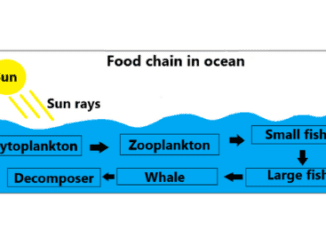
Introduction The ocean ecosystem is the largest of all the ecosystems in the world and is located in the largest surface area of the world. […]
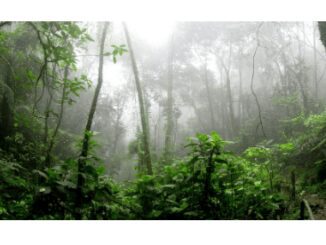
Introduction Different types of ecosystems have been created through the interaction of climate, primitive rocks, flora, and fauna. These ecosystems are mainly of two types: […]

Introduction Surface chemistry is a branch of physical chemistry that deals with the study of phenomena that occur at the interface. The following article is […]

Introduction Why do stars twinkle? Sometimes such simple questions arise in our minds. Well, if we describe this in scientific terms then the twinkling of […]
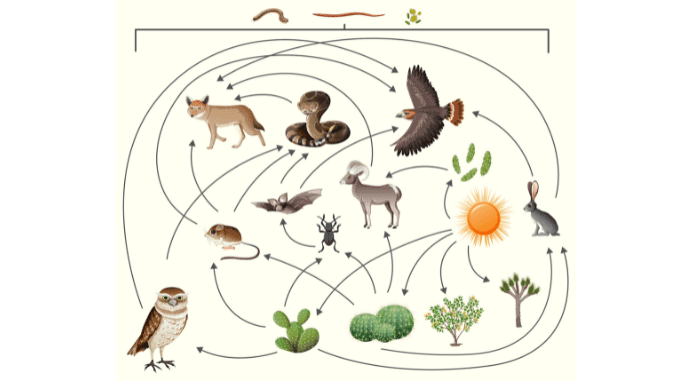
Introduction All living thing whether it is plants or animals depends on food for their survival. Plants produce their own food with the help of […]
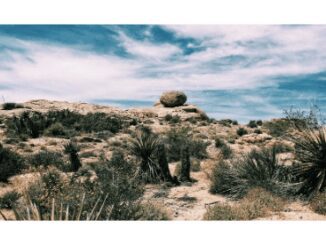
Introduction Each place on the earth has a different climate and has different geo-natural diversity therefore the study of plant ecology is very important. Plants […]

Introduction An ecological pyramid is a part of an ecosystem. In 1939, Charles Elton first introduced the concept of the ecological pyramid. Ecological pyramids are […]
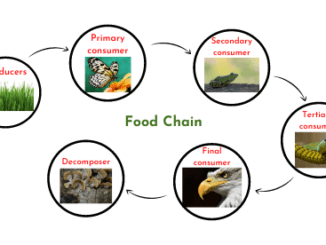
Introduction In all types of ecosystems, green plants convert solar energy into chemical energy. This chemical energy is bound to food or organic compounds such […]

Introduction Our body is made up of several different types of cells. These cells continuously do different metabolic processes. As a result of these processes, […]
Copyright © 2025 | WordPress Theme by MH Themes